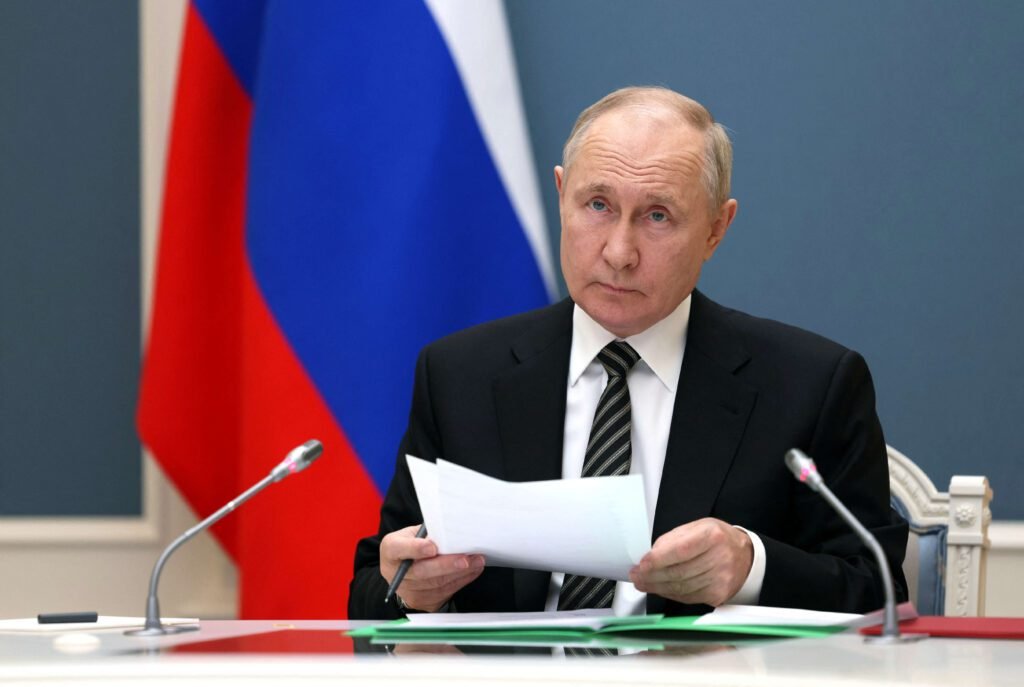Russian President Vladimir Putin has unveiled new rules governing the use of nuclear weapons, issuing a stern warning to Western nations supporting Ukraine. This move marks the latest escalation in Russia’s nuclear posture.
Putin declared that any attack on Russia by a non-nuclear state backed by a nuclear-armed nation would be considered a “joint attack”. The updated doctrine expands the category of states and military alliances against which Russia would use nuclear deterrence. It also includes a list of military threats justifying Russia’s deployment of nuclear weapons.
Ukraine’s President Volodymyr Zelenskyy seeks US and UK approval to use long-range missiles against Russian targets. However, Putin’s announcement makes it clear that Russia would consider a nuclear response if Ukraine launches long-range missiles or strategic weapons toward its territory.
Russia’s Deputy Foreign Minister Sergei Ryabkov stated that Moscow is revising its nuclear doctrine due to Western-backed escalation in Ukraine, particularly after Ukraine’s incursion into Russia’s Kursk border region.
The updated doctrine defines conditions for using nuclear weapons and expands the list of military threats justifying deployment. Putin emphasized Russia reserves the right to use nuclear weapons in response to aggression threatening its existence.
Russia’s nuclear posture has evolved since the Ukraine invasion began. Putin’s announcement is the latest warning to the West. Experts suggest Moscow may lower the threshold for using nuclear weapons, raising concerns among Western nations.
As tensions rise, the international community remains vigilant. The US and UK must weigh the implications of granting Ukraine permission to use long-range missiles, balancing potential benefits against escalating conflict risks.
Russia’s Nuclear Posture remains critical, with Putin’s announcement serving as a stark reminder. The West must consider the consequences of its actions in Ukraine, as Russia’s nuclear doctrine becomes increasingly assertive.









